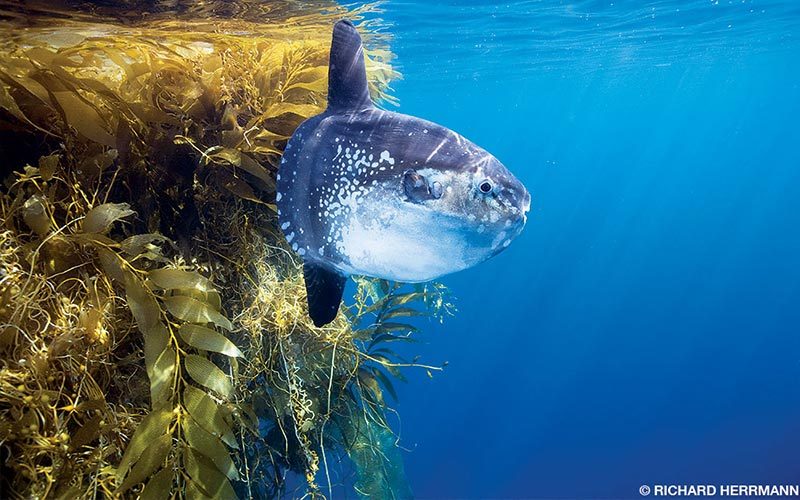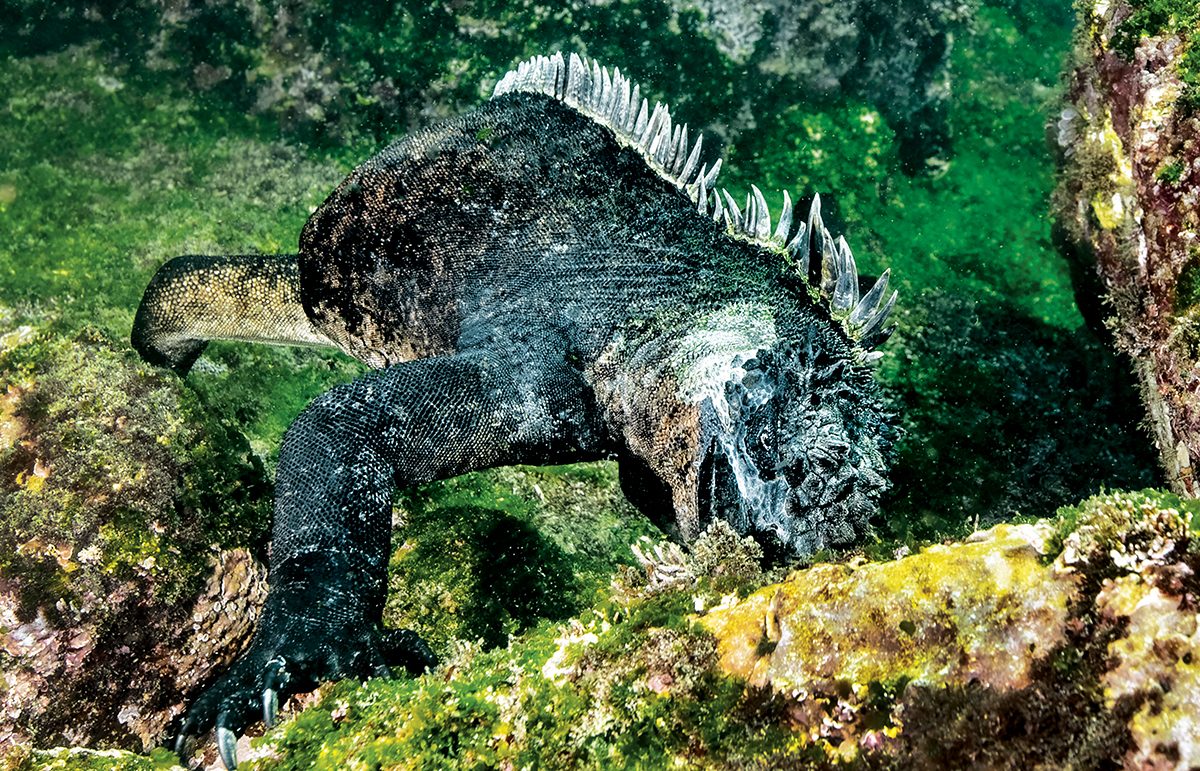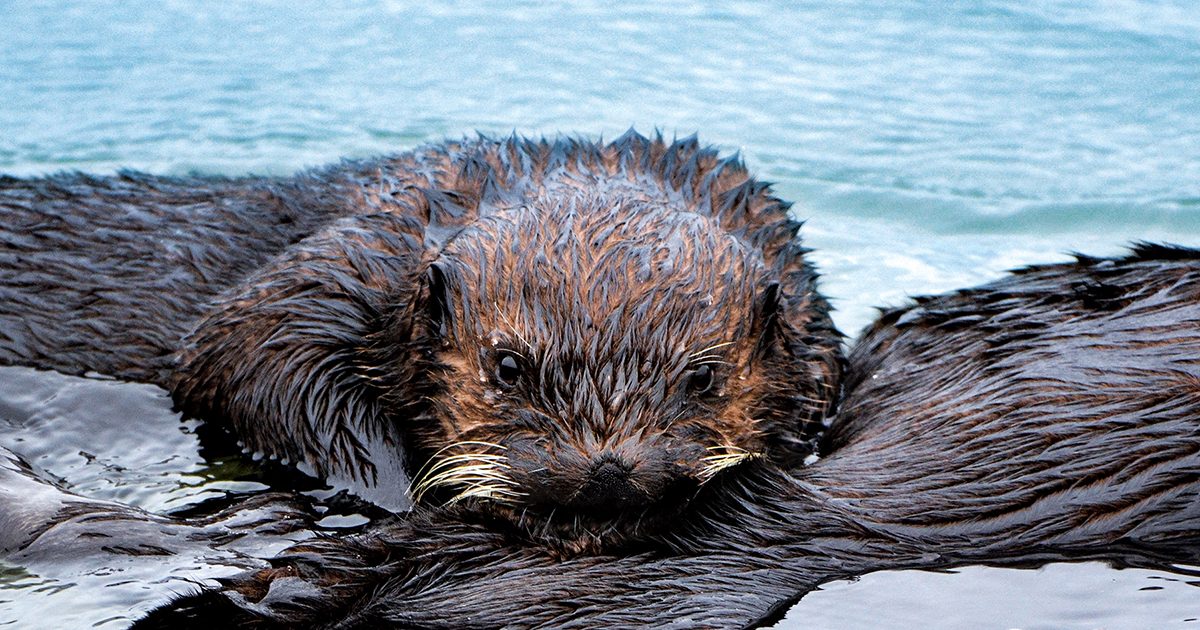Mola Molas
Mola molas, or sunfish, are some of the heaviest bony fish in the world. They are interesting creatures who dine on jellyfish.

Mola molas, or sunfish, are some of the heaviest bony fish in the world. They are interesting creatures who dine on jellyfish.

IT IS DAY FIVE OF THE VOYAGE, and our liveaboard has finally finished the overnight crossing south from the warm waters of Darwin and Wolf islands to Cape Douglas, Isla Fernandina. Although we don’t travel a great distance …

I WAS HOOKED THE FIRST TIME I saw a southern sea otter bobbing in the surf off the coast of California’s Big Sur. I didn’t know then that I would be as spellbound by these rare creatures decades later as I was at that very first sighting.

AN EDIBLE, SLOW-MOVING ANIMAL that lives in clear, shallow waters doesn’t have a high chance of survival these days. Conchs, specifically queen conchs, used to be widespread throughout the Florida Keys and the Caribbean.

SHARING SPACE WITH WILD ANIMALS in nature is one of the greatest gifts life has to offer. Maybe you’ve locked eyes with an orangutan in Borneo, or perhaps you’ve watched […]

The Galapagos Islands host a strange, yet wonderful collection of animals. The area also boasts great dive sites. Learn more about the Galapagos.

ASK DIVERS IN THE PACIFIC NORTHWEST what makes for a great dive, and most will agree that a wolf-eel (Anarrhichthys ocellatus) is involved. There is something about the face of […]

It is early June, the onset of winter in the Southern Hemisphere, and an army has just reached its destination. It has marched from the ocean’s depths into the shallows, amassing among the pilings at Blairgowrie Pier in Port Phillip Bay, south of Melbourne, Australia.

Seagrasses have evolved to thrive in marine environments — adapting to shallow, salty or brackish habitats at least three different times over 100 million years.

Conch snails are remarkable creatures with a set of eyes, a nose (sort of), a mouth and one foot. And because they’re slow, conches are commonly picked up and are a considered a delicacy in some regions.
